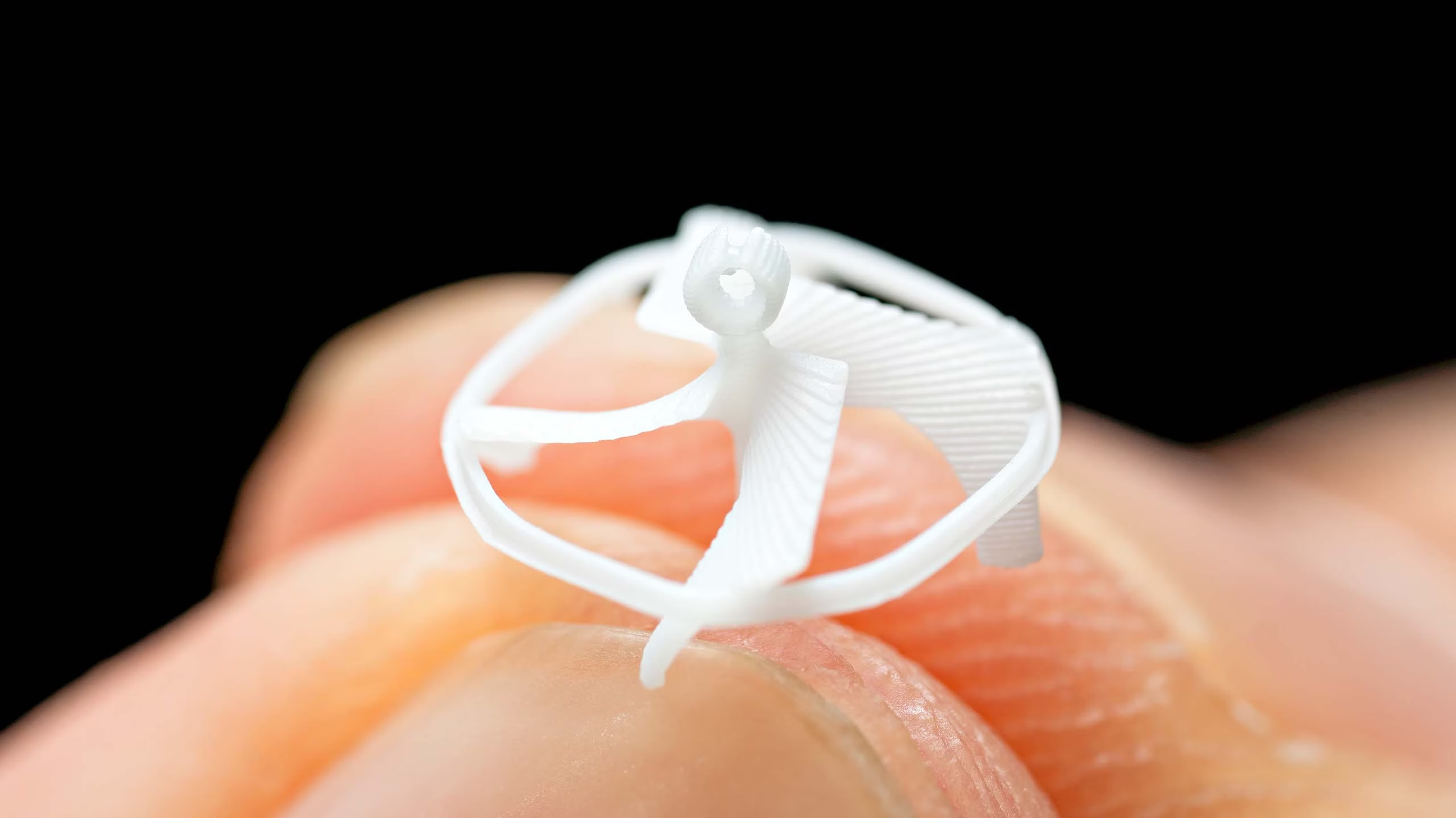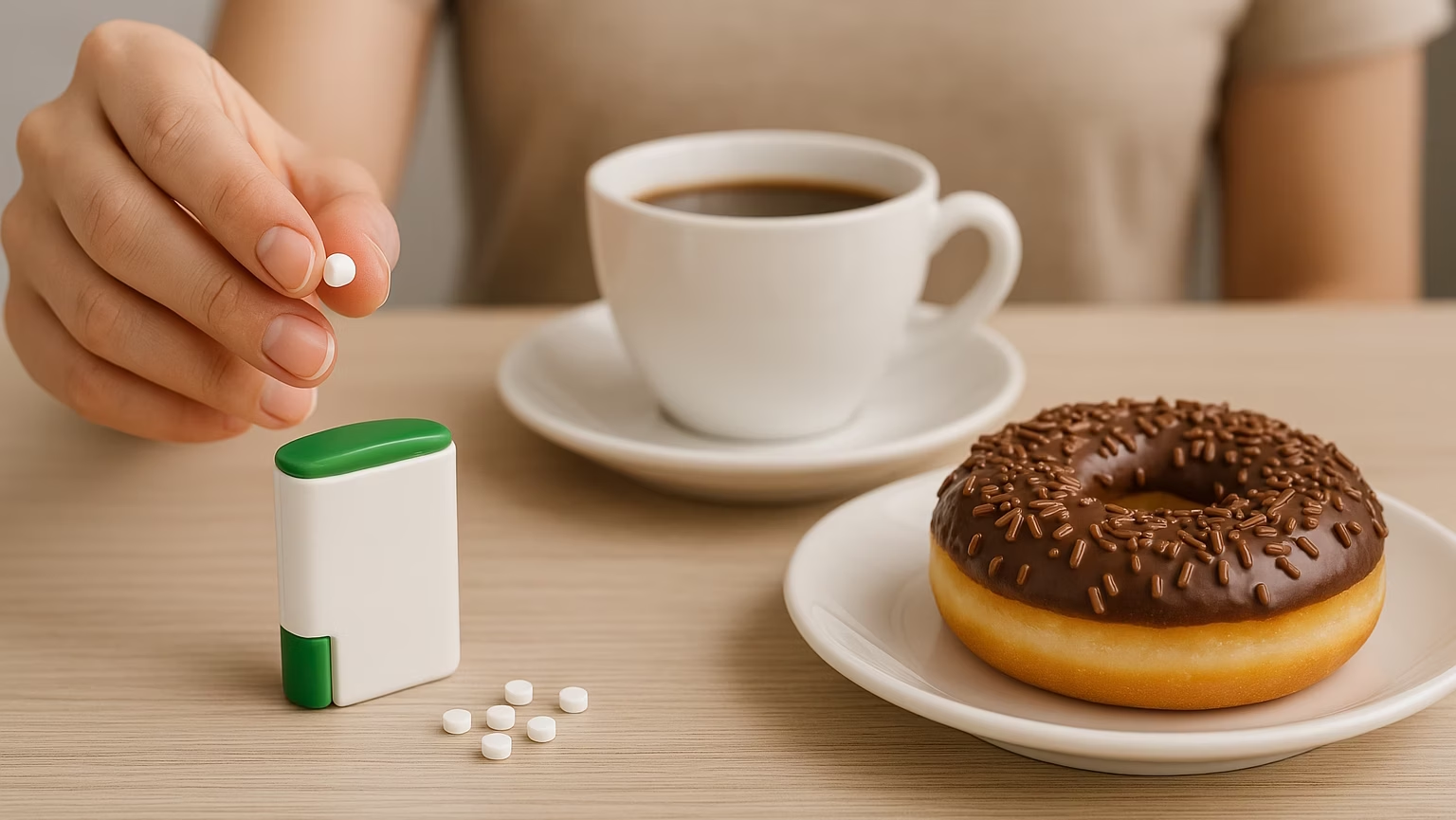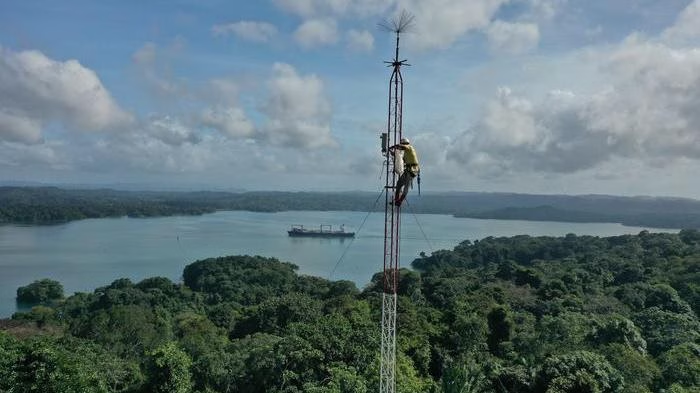By Charles Carter, 14/10/22
Engineers from the University of California, Berkeley have built a small bot that mimics the burrowing of the Pacific mole crab.
The approach could be used in the future to build burrowing bots to explore, dig down and provide dynamic tethers for spacecraft on The Moon and other planets.
The findings from the project were published this week in the journal Frontiers in Robotics & AI.
How does it work?
The bot, called EMBUR (EMerita BUrrowing Robot), uses an innovative leg design to achieve downward motion similar to the way Pacific mole crabs bury themselves in beach sand.
Each leg has a soft fabric element which scoops away granular material during the power stroke, but folds up and retracts on the return stroke enabling the downward progress.
The team studied the physics of the mole crab’s digging technique in detail.
They found its 10 legs are split into two groups which sweep in opposite directions to each other, with a pattern of sweeping and retraction which reduces drag in one direction.
The engineers also created cuticles made of soft material to line the joints of the bot to stop sand from getting inside the different modules. This is similar to a membrane found on the mole crabs.
What are the potential benefits?
Burrowing bots like EMBUR could someday help evaluate the soil of agricultural sites, collect marine data and study soil and rock conditions at construction sites.
They could also be deployed on other planets, helping to evaluate sub surface profiles and fixing landing craft to the ground.
As well as burrowing the bot can use the same legs to walk on flat surfaces which gives it extra versatility and efficiency compared with corkscrew-shaped burrowing bots.
Questions for you. Comment below
- First thought that comes into your head?
- Pros and cons according to you?
- Other applications of this approach?
- What could this be combined with?
Links
https://engineering.berkeley.edu/news/2022/10/digging-deep/
https://www.frontiersin.org/articles/10.3389/frobt.2022.999392/full




На этом сайте вы найдёте полезную информацию о препарате Ципралекс. Вы узнаете здесь информация о основных показаниях, дозировке и вероятных побочных эффектах.
http://OstrovSogotokhPastakhArytaRussianFederation.jocc.xyz/category/website/wgI2vZFhZf5rbhFqBTP7G0CD1
На этом сайте можно купить брендовые сумки Coach https://coach-bag-shop.ru/.
В ассортименте представлены различные модели для разных случаев.
Любая сумка сочетает в дизайне надежность и элегантность.
Купите сейчас и получите отправку в кратчайшие сроки!
Thank you for your sharing. I am worried that I lack creative ideas. It is your article that makes me full of hope. Thank you. But, I have a question, can you help me?
На территории Российской Федерации сертификация играет важную роль для подтверждения соответствия продукции установленным стандартам. Прохождение сертификации нужно как для производителей, так и для потребителей. Документ о сертификации гарантирует соответствие товара нормам и требованиям. Особенно это актуально для товаров, влияющих на здоровье и безопасность. Сертификация помогает повысить доверие к бренду. Также это часто является обязательным условием для выхода на рынок. Таким образом, соблюдение сертификационных требований обеспечивает стабильность и успех компании.
сертификация продукции
На этом сайте вы найдете центр ментального здоровья, которая предоставляет профессиональную помощь для людей, страдающих от тревоги и других ментальных расстройств. Мы предлагаем индивидуальный подход для восстановления ментального здоровья. Наши специалисты готовы помочь вам решить трудности и вернуться к сбалансированной жизни. Профессионализм наших врачей подтверждена множеством положительных обратной связи. Запишитесь с нами уже сегодня, чтобы начать путь к оздоровлению.
http://jasminsadra.com/__media__/js/netsoltrademark.php?d=empathycenter.ru%2Fpreparations%2Fz%2Fzopiklon%2F
На этом сайте вы найдете центр психологического здоровья, которая обеспечивает профессиональную помощь для людей, страдающих от стресса и других психических расстройств. Эта эффективные методы для восстановления психического здоровья. Врачи нашего центра готовы помочь вам преодолеть психологические барьеры и вернуться к гармонии. Профессионализм наших специалистов подтверждена множеством положительных рекомендаций. Свяжитесь с нами уже сегодня, чтобы начать путь к восстановлению.
http://lenamusic.net/__media__/js/netsoltrademark.php?d=empathycenter.ru%2Fpreparations%2Fz%2Fzopiklon%2F
На этом сайте вы найдете клинику психологического здоровья, которая обеспечивает психологические услуги для людей, страдающих от тревоги и других психологических расстройств. Наша комплексное лечение для восстановления ментального здоровья. Врачи нашего центра готовы помочь вам справиться с психологические барьеры и вернуться к психологическому благополучию. Опыт наших психологов подтверждена множеством положительных отзывов. Свяжитесь с нами уже сегодня, чтобы начать путь к лучшей жизни.
http://litigatemynoncompete.com/__media__/js/netsoltrademark.php?d=empathycenter.ru%2Fpreparations%2Fl%2Flamotridzhin%2F
Your article helped me a lot, is there any more related content? Thanks!
The GameAthlon platform is a leading entertainment platform offering dynamic casino experiences for players of all preferences.
The platform offers a diverse collection of slot machines, real-time games, table games, and sportsbook.
Players are offered smooth navigation, top-notch visuals, and intuitive interfaces on both computer and smartphones.
http://www.gameathlon.gr
GameAthlon focuses on security by offering encrypted transactions and transparent game results.
Promotions and loyalty programs are regularly updated, giving registered users extra opportunities to win and have fun.
The support service is on hand day and night, assisting with any inquiries quickly and efficiently.
This platform is the ideal choice for those looking for entertainment and exciting rewards in one trusted space.
Exquisite wristwatches have long been synonymous with precision. Meticulously designed by world-class artisans, they combine heritage with cutting-edge engineering.
All elements reflect unmatched attention to detail, from hand-assembled movements to high-end finishes.
Owning a timepiece is not just about telling time. It represents refined taste and heritage craftsmanship.
No matter if you love a minimalist aesthetic, Swiss watches offer remarkable precision that never goes out of style.
http://www.zeitlos-forum.de/viewtopic.php?f=188&t=3047
We offer a wide range of high-quality healthcare solutions for various needs.
Our platform ensures speedy and reliable order processing to your location.
All products is sourced from certified manufacturers to ensure safety and quality.
You can explore our selection and get your medicines hassle-free.
Need help? Customer service are here to help whenever you need.
Stay healthy with affordable e-pharmacy!
https://www.storeboard.com/blogs/health/fildena-side-effects-the-realities-every-user-should-know/6074885
Despite the rise of modern wearable tech, mechanical watches continue to be iconic.
Collectors and watch lovers admire the craftsmanship that defines traditional timepieces.
Unlike smartwatches, which lose relevance, classic timepieces remain prestigious through generations.
http://riosorbe.es/foro/viewtopic.php?f=19&t=2756
Luxury brands are always introducing new mechanical models, showing that their appeal remains strong.
For many, an automatic timepiece is not just an accessory, but a tribute to timeless elegance.
Though digital watches come with modern tech, traditional timepieces have soul that never goes out of style.
Почему BlackSprut привлекает внимание?
Платформа BlackSprut вызывает обсуждения многих пользователей. Почему о нем говорят?
Данный ресурс предоставляет разнообразные опции для аудитории. Интерфейс сайта отличается функциональностью, что позволяет ей быть доступной без сложного обучения.
Необходимо помнить, что данная система обладает уникальными характеристиками, которые делают его особенным в своей нише.
Обсуждая BlackSprut, нельзя не упомянуть, что многие пользователи оценивают его по-разному. Некоторые отмечают его удобство, а кто-то относятся к нему с осторожностью.
Таким образом, эта платформа продолжает быть темой дискуссий и вызывает заинтересованность разных пользователей.
Рабочее зеркало к BlackSprut – проверьте здесь
Хотите найти свежее ссылку на БлэкСпрут? Мы поможем.
bs2best
Сайт часто обновляет адреса, и лучше знать актуальный домен.
Мы мониторим за изменениями и готовы поделиться новым зеркалом.
Посмотрите актуальную ссылку прямо сейчас!